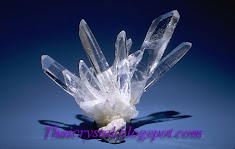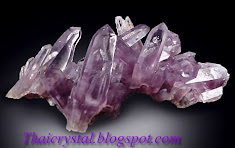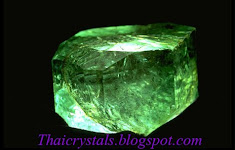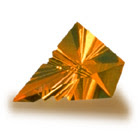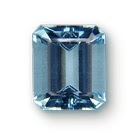What is a Chrysoberyl?
In GemstoneChrysoberyl is not just a golden beryl as its name implies. It is a completely different mineral a species which deserves to be known much better than it is. Like beryl it consists in part of the metals beryllium and aluminum, but it is an oxide, not a silicate, and it crystallizes in the orthorhombic, not the hexagonal, system, often as cyclic twins. Its properties are therefore totally unlike those of beryl. Its density and refractive index are much higher and its hardness makes it even more resistant to wear. There are two varieties that are most attractive, rare and much sought after:alexandrite and cat's-eye.
What is a Citrine?
In GemstoneCitrine is the correct name for all yellow and pale brown varieties of quartz, though it is still occasionally was sold under the name of 'topaz', often with some prefix. Fortunately this once common pernicious practice is now being abandoned. There is, of course, a considerable difference in value between these two stones, though at first sight they may look very similar. Topaz is much rarer and harder, and has a much wider and subtler range of colors.
What is a Beryl?
In GemstoneBeryl comprise a whole range of attractive varieties, two of which are more familiar under their specific names. These are the rich greenemerald and the paler green or blueaquamarine. There are in addition golden heliodor, pink morganite and colorless goshenite. Beryl is allochromatic and may therefore be found in almost any color. It is one of the lighter gemstones, usually with good transparency, fairly widely distributed but by no means common since beryllium is a rare element. Its lustre is vitreous and it takes an excellent polish. A considerable hardness helps it to withstand wear.
What is a Aqumarine?
In GemstoneAquamarine is important beryl gemstone depends for its color on iron. Its value is much less than emerald, another beryl family gemstone. It is often found in large clear crystals that may weight many pounds. The largest appears to have come from Brazil in 1910. It weighted 243 pounds and was perfectly transparent throughout its length.
Subscribe to:
Comments (Atom)


